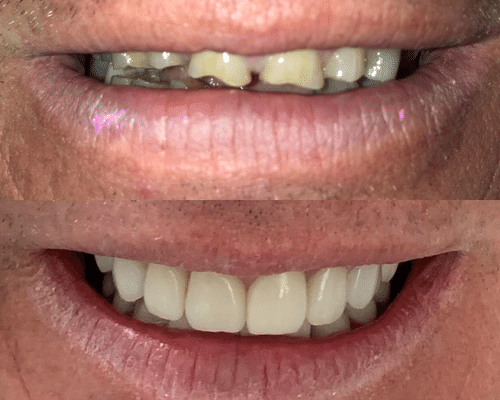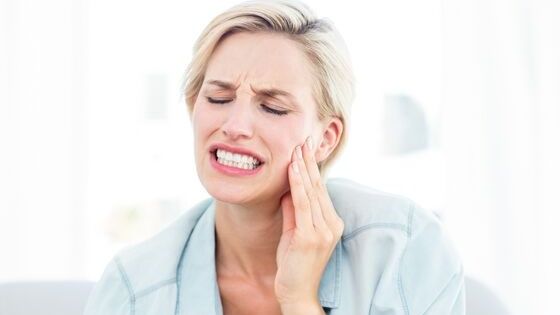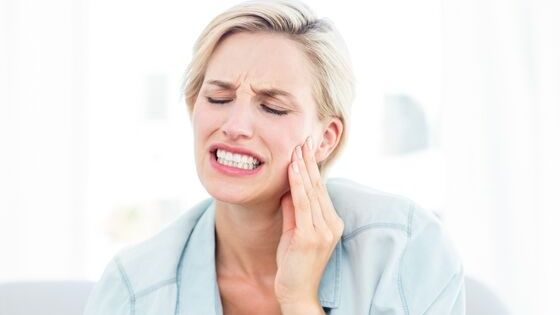Foods to Avoid with Veneers

You may need dental veneers if your natural teeth have gaps, have become discolored, are chipped, worn down, or have an awkward shape. Dr. Christopher Green, the best dentist in Parker CO, has ample experience in providing veneers to patients. So, visit Green Dental Care in Parker, CO, if you would like to improve the appearance of your smile or protect mildly damaged teeth from further deterioration. As a way of preparing you to transform your smile using dental veneers, we have compiled the following information about the dietary choices that you are advised to keep in mind so that your veneers can last for as long as possible.
Temporary Veneers
In most cases, permanent veneers are made at an external dental lab. Since this process takes approximately 2-3 weeks, Dr. Green cannot allow you to leave without giving you protection while you wait for the permanent veneers to be made. In the interim, you will leave the Green Dental Care office in Parker, CO, with temporary veneers.
Foods to Avoid If You Have Temporary Veneers
Temporary veneers are made to last for only a short while until you can get your permanent veneers. For this reason, Dr. Christopher Green, the best dentist in Parker CO, will attach these temporaries to your teeth using temporary cement. When this temporary cement is exposed to high levels of stress, it can give way, and the veneers may drop off. So, we recommend that you refrain from eating the following foods during the time when these temporary veneers are in place:
- Tough meats
- Toasted or crusty bread
- Hard foods, such as raw vegetables, candy, popcorn, ice, etc.
- Pigmented drinks, such as coffee, ketchup, berries, red wine, colas, tomatoes, tea, etc.
- Sticky foods, such as caramels and taffy
Foods You Can Eat If You Have Temporary Veneers
You don’t have to be on tenterhooks each time you are eating or drinking with temporary veneers on your teeth because there are foods that are perfectly safe to eat with temporary veneers. The Parker CO dentist recommends foods that are soft and won’t stain the veneers. These include, but are not limited to:
- Eggs
- Mashed potatoes
- Pasta
- Soft bread
- Bananas
- Chicken
- Soft canned food
Permanent Veneers
While temporary veneers aren’t built to last, permanent veneers are made from carefully selected materials that will last for long. For example, high-grade porcelain can last for up to two decades, and it resists staining quite well. Permanent veneers aren’t easily damaged, so your dietary options will widen once the temporaries are removed and replaced with the permanent veneers. However, permanent veneers aren’t indestructible, so care needs to be taken to avoid the foods that could damage these veneers. Those foods and habits include:
- Dark liquids, such as red wine and coffee, should only be taken in moderation since they have the potential to stain your permanent veneers eventually.
- Extremely hard foods, such as popcorn kernels and hard nuts
- Alcoholic beverages can gradually damage the cement used to attach the veneers onto your teeth, so Parker CO’s best dentist recommends that you limit your alcohol intake.
- Tobacco products can deliver a double whammy to your teeth and dental veneers. For example, tobacco has chemicals that can react with and loosen the bonding material used to affix your veneers. Secondly, tobacco (whether in cigarettes, snuff, chewing tobacco, or any other related product) will cause your veneers to become discolored. Staying away from tobacco products is, therefore, your best bet to long-lasting and esthetically appealing veneers.
Taking Care of Your Dental Veneers
It goes without saying that the above are only recommendations, and the degree to which each patient implements them will vary — for example, many people like drinking pigmented drinks, such as coffee or red wine. To limit the detrimental effects of these drinks, our friend Dr. Brian Leeson, a dentist in St. Petersburg, Fl, recommends that you rinse your mouth with plain water immediately after consuming dark liquids or berries. You can then wait for half an hour and brush your teeth. The point in taking these steps is that you will reduce the amount of time that those pigmented substances remain in contact with your teeth, so the likelihood of staining will reduce. Taking these drinks with a straw can also reduce how much contact happens between the drink and your teeth or veneers.
It is also a good habit to cut all your food into small pieces and chew it slowly. This will reduce the amount of stress to which your teeth and veneers are exposed. If you can’t resist eating particularly hard food, such as tough meat, cut it into small pieces as recommended earlier. You can chew it using your back teeth since these are designed for that task, and most veneers are placed on the front teeth (for aesthetic purposes).
If you are careful, your dental veneers will last a long time. Contact us at Green Dental Care if you have any questions about getting dental veneers. Our experienced team will give you all the answers that you need to make an informed decision.
















